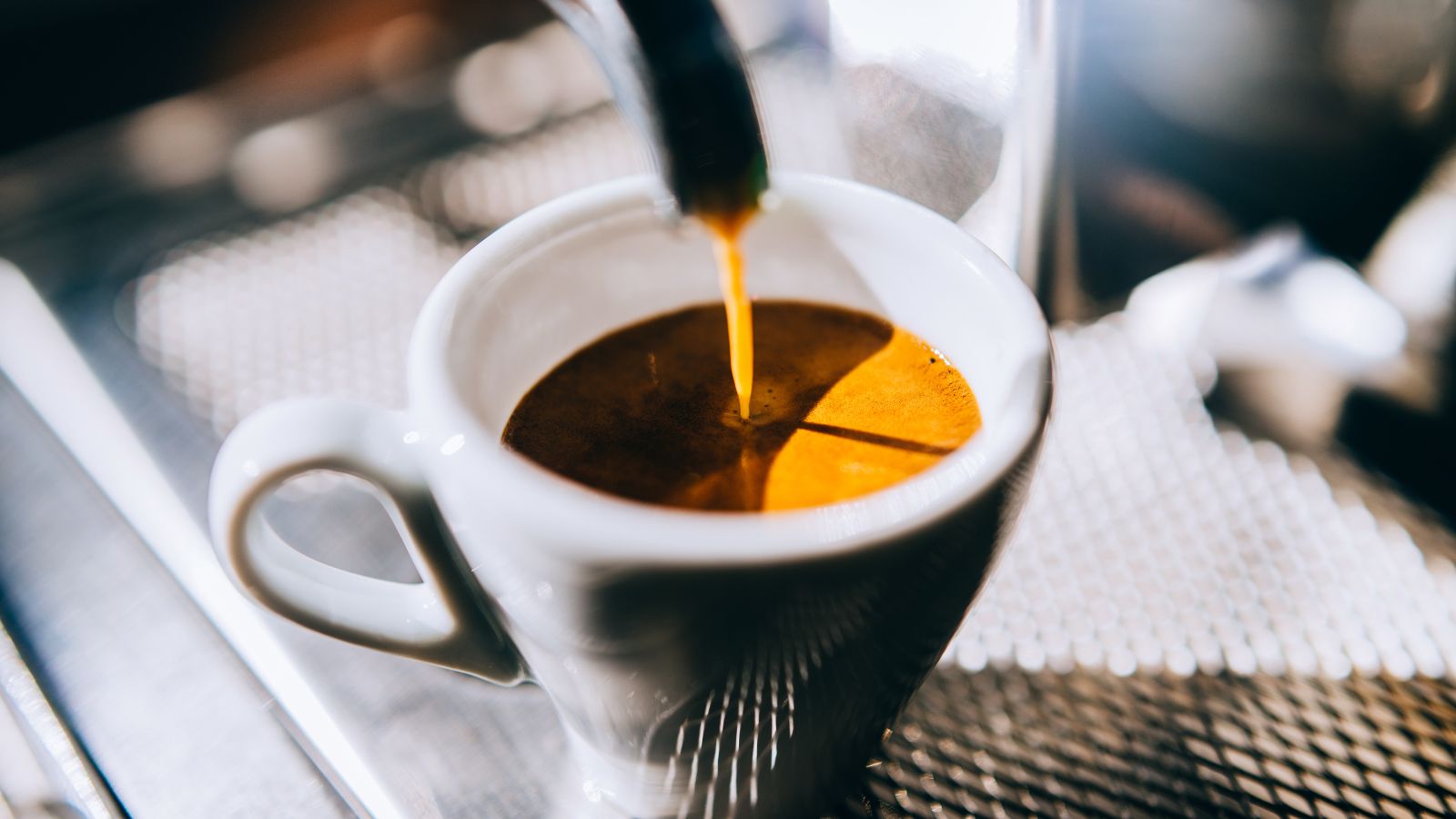
Once you know how to make an espresso at home, you won't be going back to the café. These intense, rich shots of coffee are simple and quick to make in your own kitchen. As long as you have hot water, finely ground coffee beans, and some type of coffee maker, you've got a recipe for delicious success.
Of course, as a qualified barista, I should say that the only true way to make an espresso requires one of the best espresso machines on the market. These have the power to put your coffee grounds under the high pressures and temperatures that make a traditional espresso.
However, if you don't want to invest in one of these expensive coffee makers, you can make an unofficial espresso-like coffee following more homemade methods. Any of the best single-serve coffee makers can make an espresso – sort of – at the push of a button. Alternatively, as long as you have one of the best grinders on the market, you can work with your coffee beans to make espresso in some of the best moka pots, French presses, or even an Aeropress. Here's how.
How to make espresso using an espresso machine
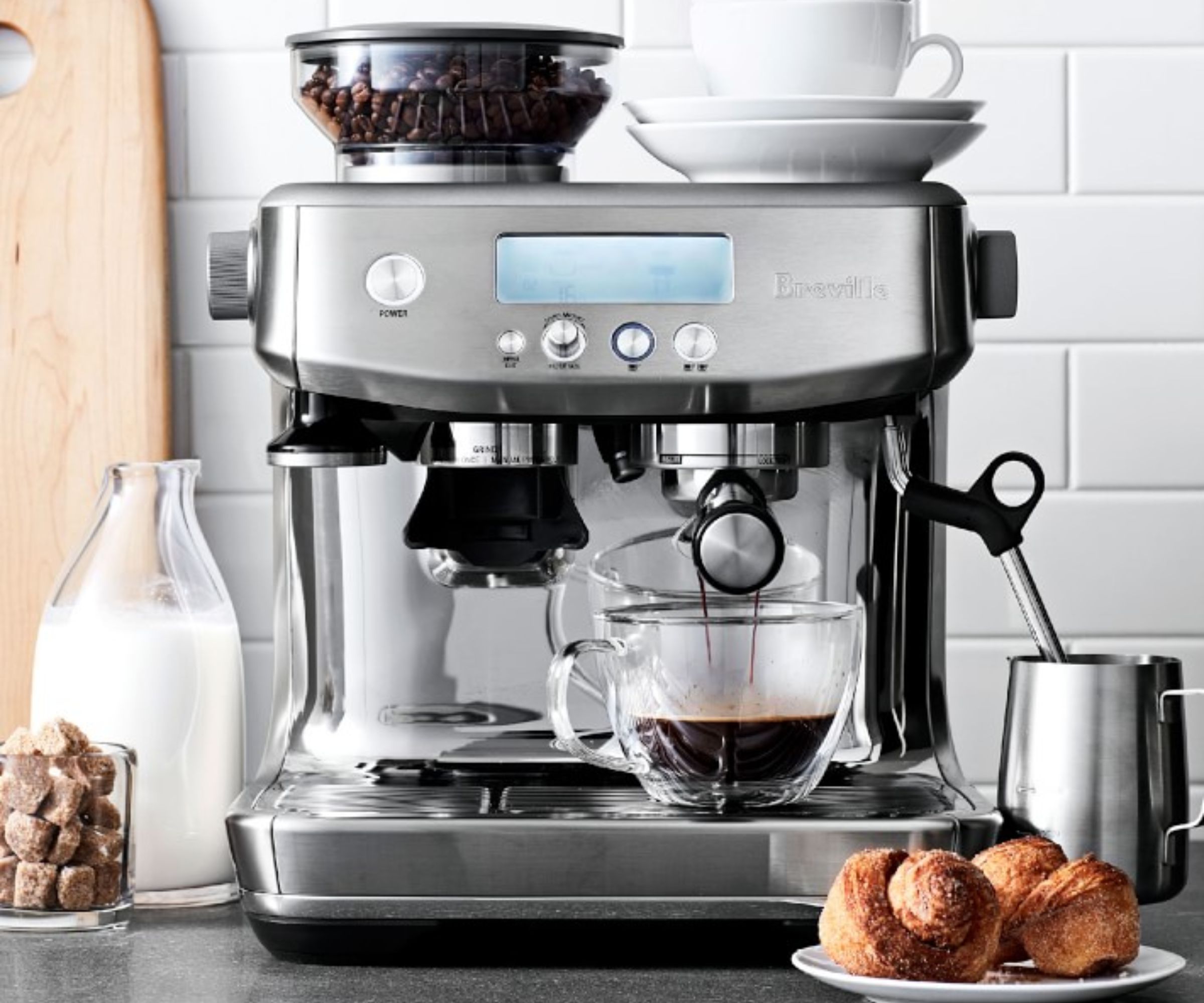
There are no awards for guessing which machine is best for making espressos: an espresso machine. These are the most expensive machines you could choose (they range from $200 to $2,000+). However, if you're an espresso enthusiast, they're worth every dollar. Espresso is literally their name: they are made to deliver the optimal pressure and sensitive temperatures for pulling the perfect shot of coffee, every time.
If you already own one of the best espresso machines and you want to know how to use it, you're in good hands. I trained as a barista eight years ago, so I could pull shots on these machines in my sleep.
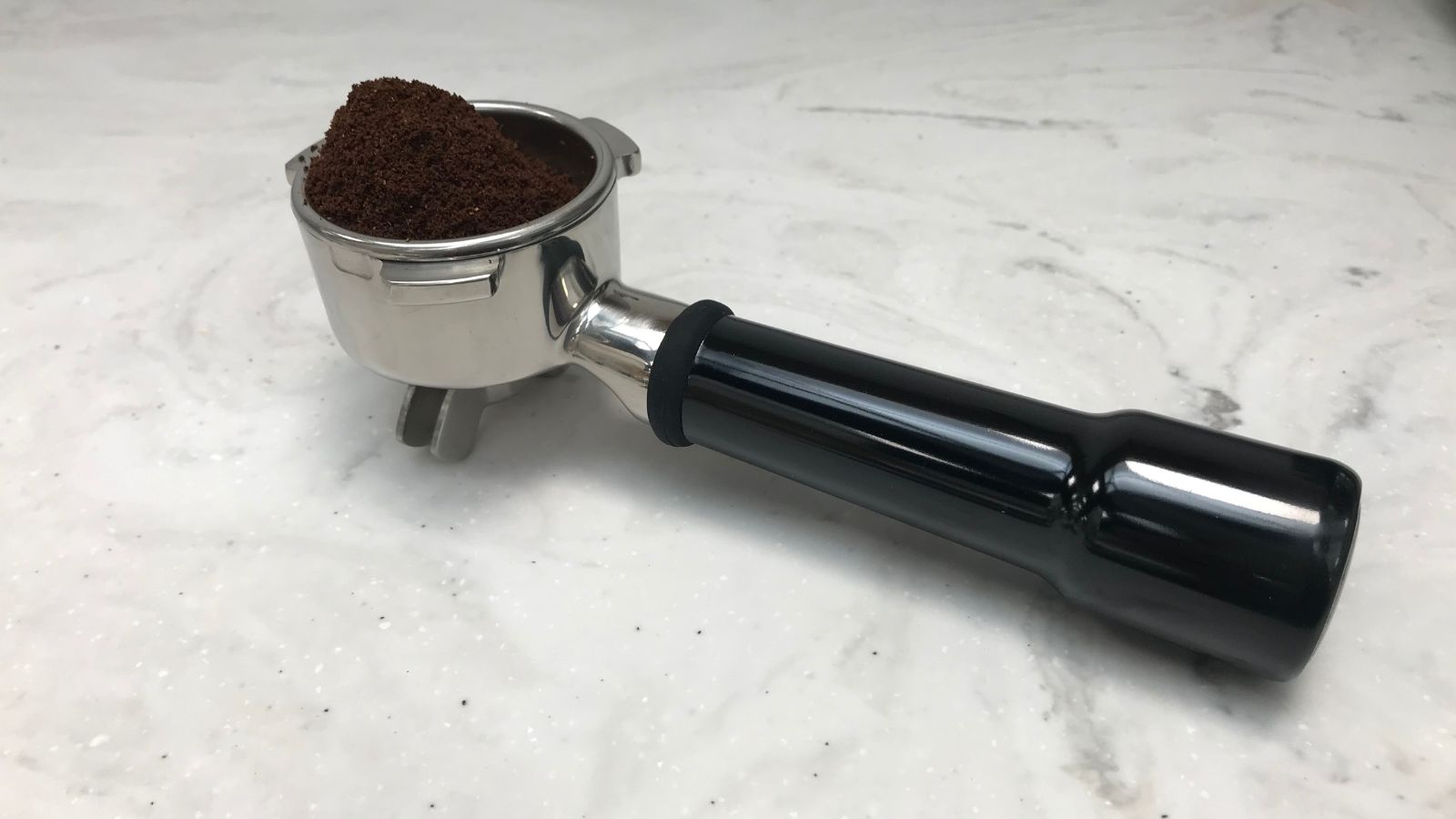
Whether your espresso machine has an integrated grinder or not, you'll need to start making espresso by measuring out nine grams (or eighteen for a double shot) of finely ground coffee. I use coffee scales, such as these from Walmart, to ensure precision. Some machines will dose the grind for you, but if your machine doesn't have a grinder at all there are plenty of coffee grinders on the market. I would recommend the Breville Smart Grinder (available at Walmart) because it is an expert at grinding perfectly powdery coffee grounds, which is critical for a flawless espresso. Kayla Stavridis, former barista, says that 'using high-quality, freshly roasted beans is crucial for getting the best flavor from your espresso. The fresher the coffee, the more aromatic and flavorful your shot will be'.
Once you have your coffee grounds, you'll need to tamp them in your portafilter. Heap them into the portafilter basket (it will look like you have too much) and then use the tamp to apply pressure, evenly and firmly, on the grounds. Side note: if you don't own one, this stainless steel tamper from Walmart does an excellent job.
It all gets a lot easier from here. Dust off the edges of your portafilter and lock it into the espresso machine's brew head, by pulling the handle anticlockwise. You'll feel increasing resistance as you lock it securely into place. Some people struggle with positioning their portafilter, so I recommend crouching down and looking up at your brew head. You'll see that it's a bit like a jigsaw and you need to fit your portafilter into it. Once you've seen it and done this a few times, you'll get a feel for it.
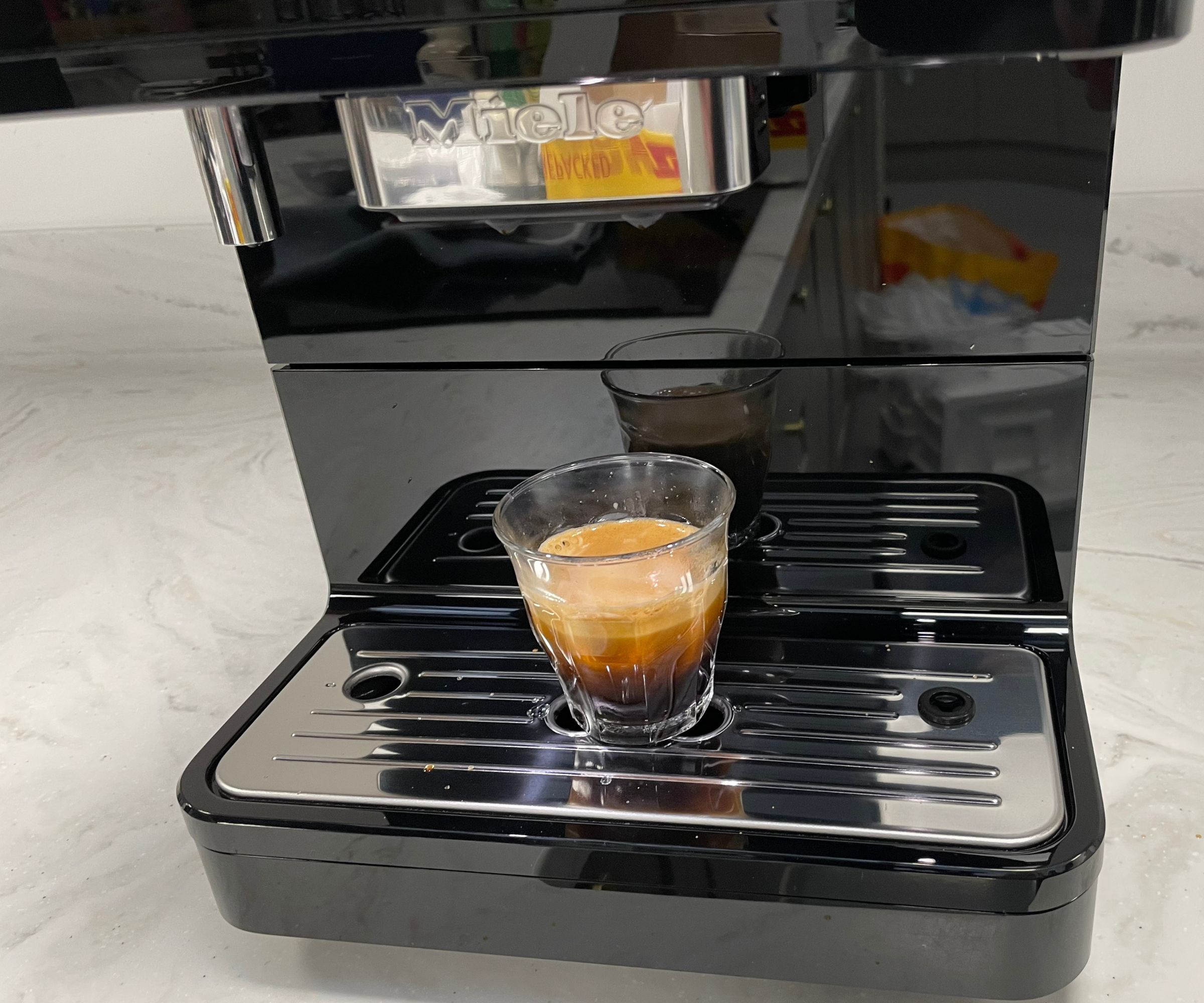
After your portafilter is in place, you just need to press a button on your machine. Most home espresso machines will automatically start working and pulling water through your tamped coffee.
The best espressos will be pulled in about 25-30 seconds. Alex Spampinato, a barista trainer, says that you can almost tell how good your espresso is going to be just from looking at it. He says that the perfect espresso 'will have a syrup-like texture and deep brown color. Once it's in your espresso cup, you're looking for a thick, hazelnut crema on top'.
If your espresso machine isn't perfect the first time, it might need some time for both you and the machine to 'dial in'. This is a combination of the grind size, temperature, and pressure that you've used. If your shot is watery, you might want a finer grind or more coffee in your portafilter basket. If it's taking a long time to pull, make sure you're not tamping too hard or that your coffee isn't too finely ground.
Of course, in order to do this, you'll need an espresso machine. These are three of my favorites. I've tested them to make sure that they deliver consistently delicious espressos.
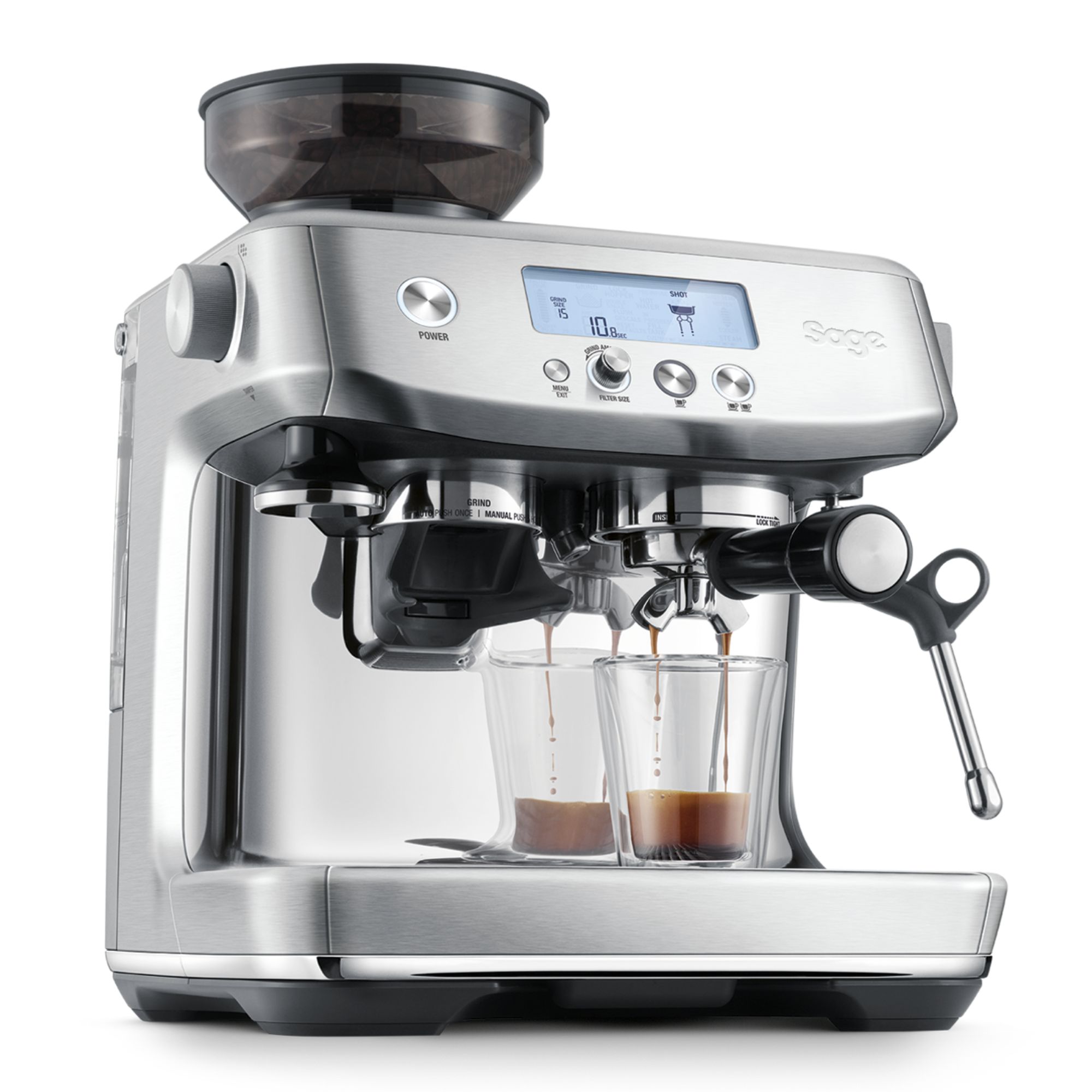
If you want an espresso machine which can impress even the experts, The Barista Pro is what you need. You can pre-brew and adjust just about every feature. It's a little too complicated for beginners though.
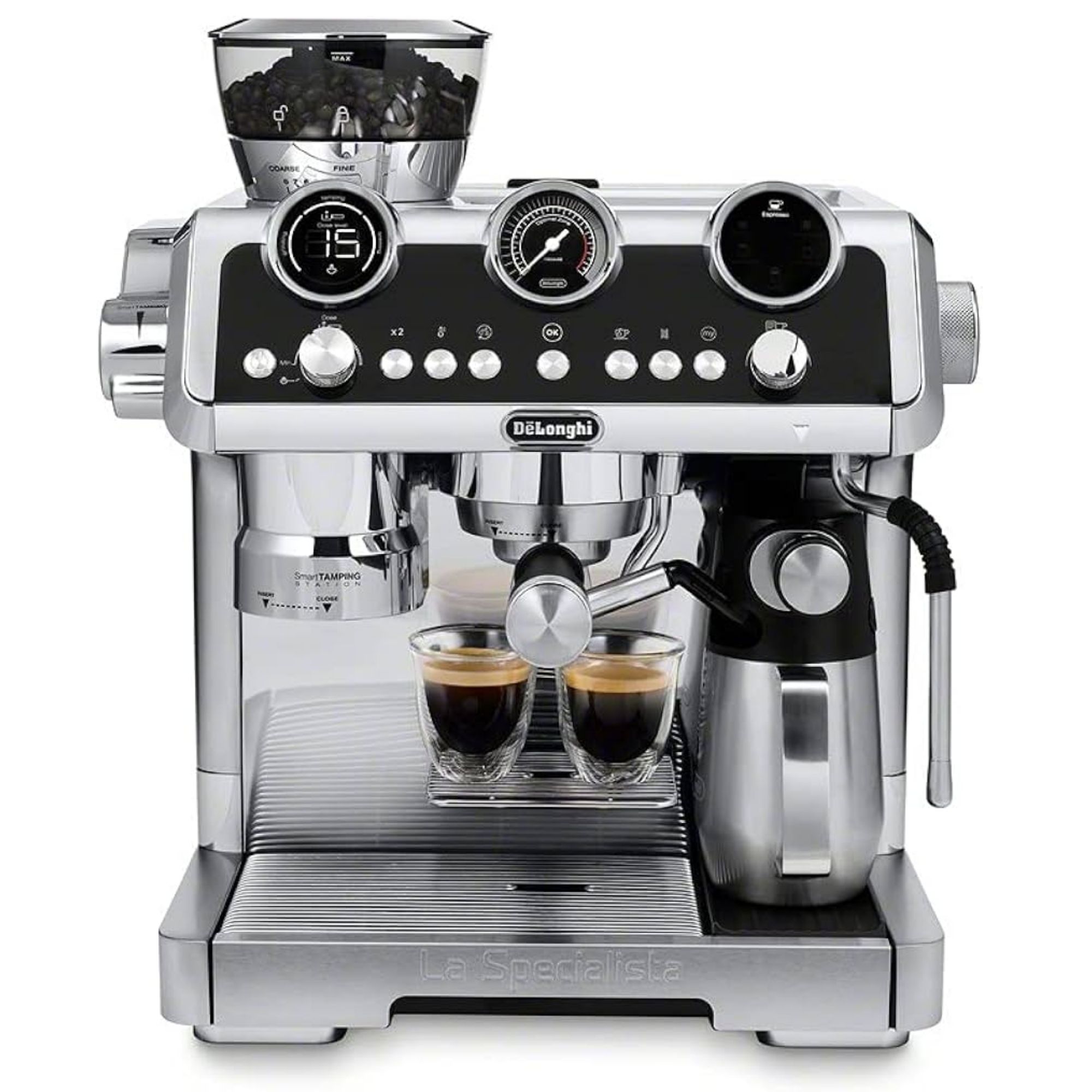
Even though this is expensive, I love it. La Specialista Maestro has special controls to help you tamp and grind your coffee grounds perfectly. There's no excuse not to make a perfect espresso with this.
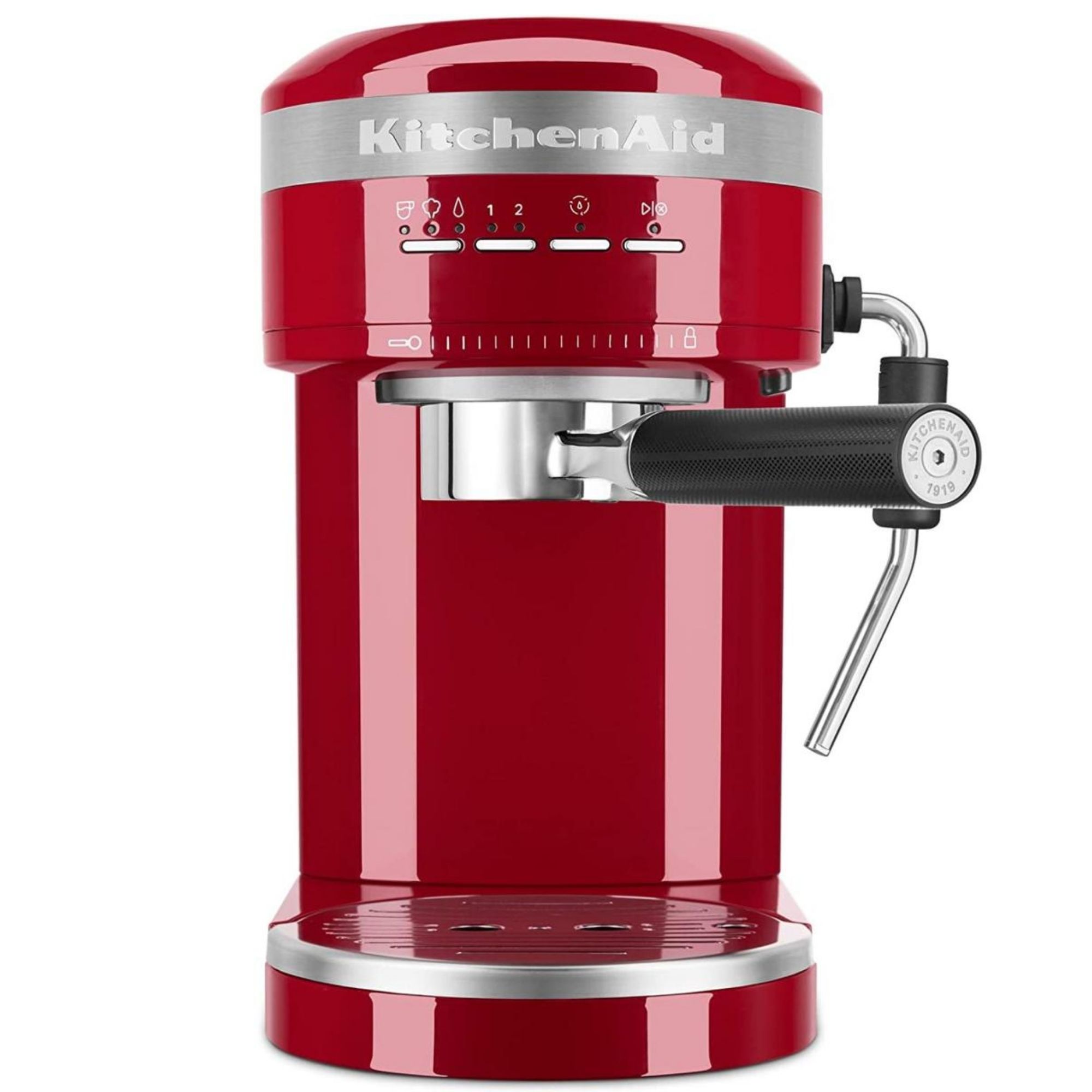
The KitchenAid doesn't have a grinder integrated, but, as long as you invest in a quality grinder, you'll be able to make incredible coffee with this. It's also really easy to use, so even beginners will love it.
How to make espresso in a portable espresso maker
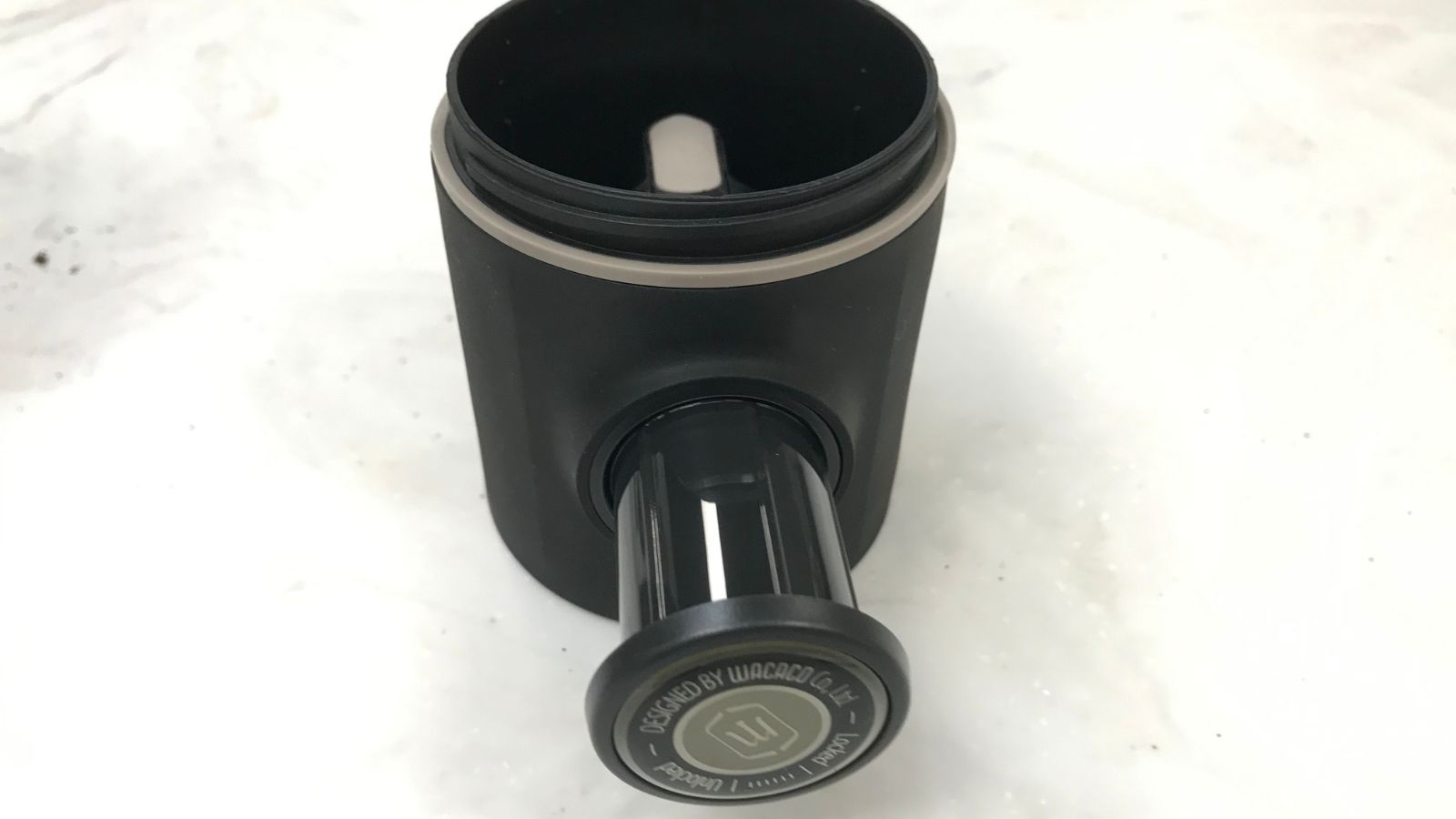
Portable espresso makers can deliver espresso machine results without the price tag. They're also known as manual espresso makers and you're about to find out why: they're much more hands-on.
There's no set way to use a portable espresso maker, as they all have their own mechanisms, but most of them require you to either pump or pull a lever to emulate the pressure that an espresso machine can.
Your espresso won't taste quite as rich as an espresso machine's, nor will the crema be as thick. These are also much less versatile than an espresso machine. When you expand your skillset to making cappuccinos and lattes, you'll need to buy a milk frother (I would recommend Nespresso's Aeroccino, which you can buy from Walmart), which is an extra kit and clutter. However, even the cost of a portable espresso machine and a milk frother can be a tenth of the price of automatic and semi-automatic espresso machines.
If you need a barista recommendation, I can't overstate how good the Wacaco Picopresso is. The Flair Neo Flex is also good, but it's more complex and has a larger, less portable frame.
How to make espresso without an espresso machine
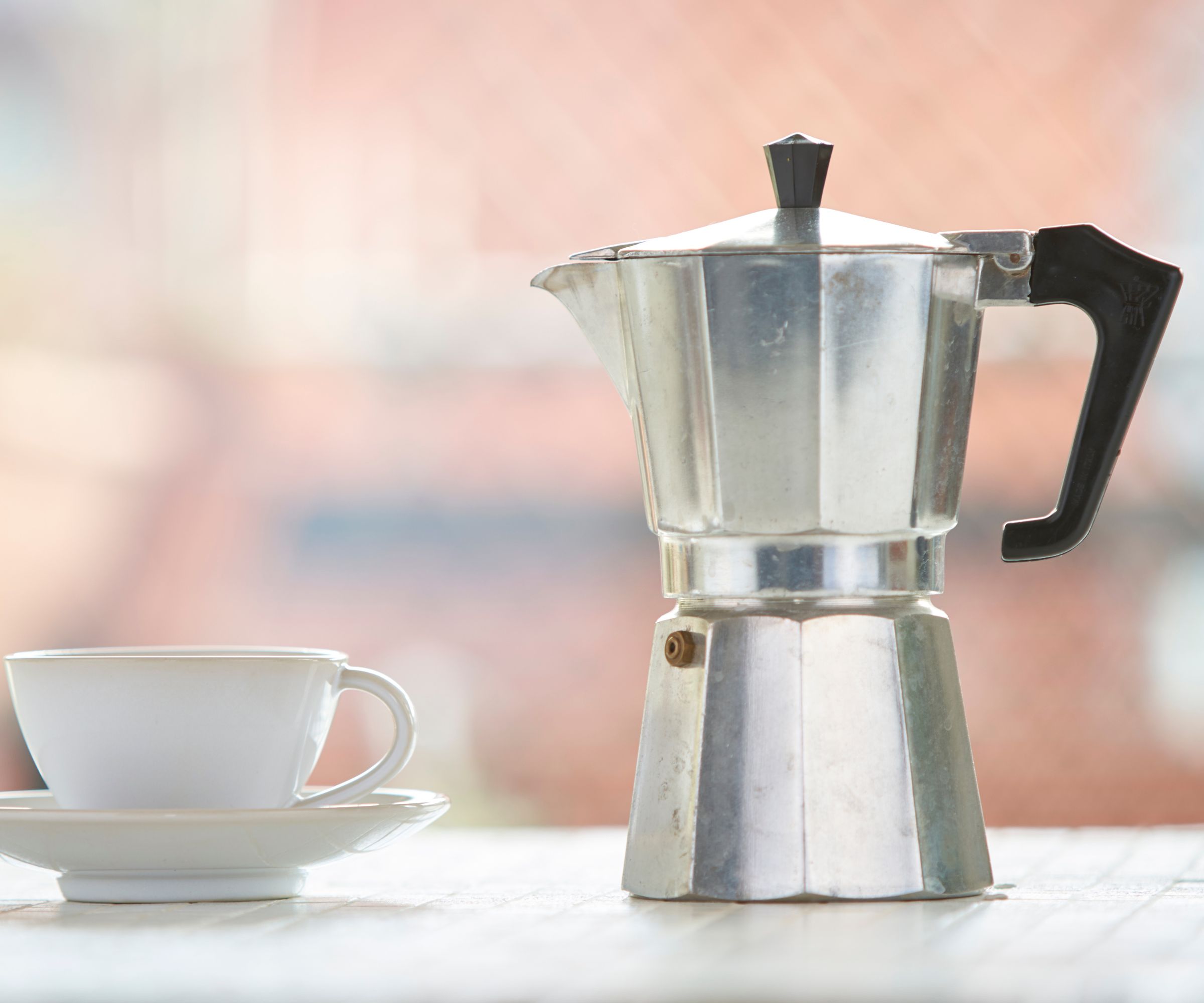
You have a few options for making espresso without an espresso machine. If you own a single-serve coffee maker or an automatic coffee machine, this will simply be a matter of selecting the espresso capsule or setting on your machine and it will do the rest. In fact, Kayla Stavridis, a former barista, even recommended using one of the best Nespresso machines as an alternative because she says that it 'can produce espresso-like coffee. While these machines may not offer the same depth as a traditional espresso machine, they can provide a convenient and quick espresso, which you can also use as a base for making different coffees'.
However, single-serve, automatic, and espresso machines are all some of the most expensive on the market. If you're on a budget, you have some options. Moka pots produce the closest flavors to espresso. In fact, lots of people class moka pot coffee as espresso: it's thick, bold and rich. You can also use your French press to make an espresso-type coffee if you want intense, strong, and bold coffee.
How to make an espresso in a moka pot
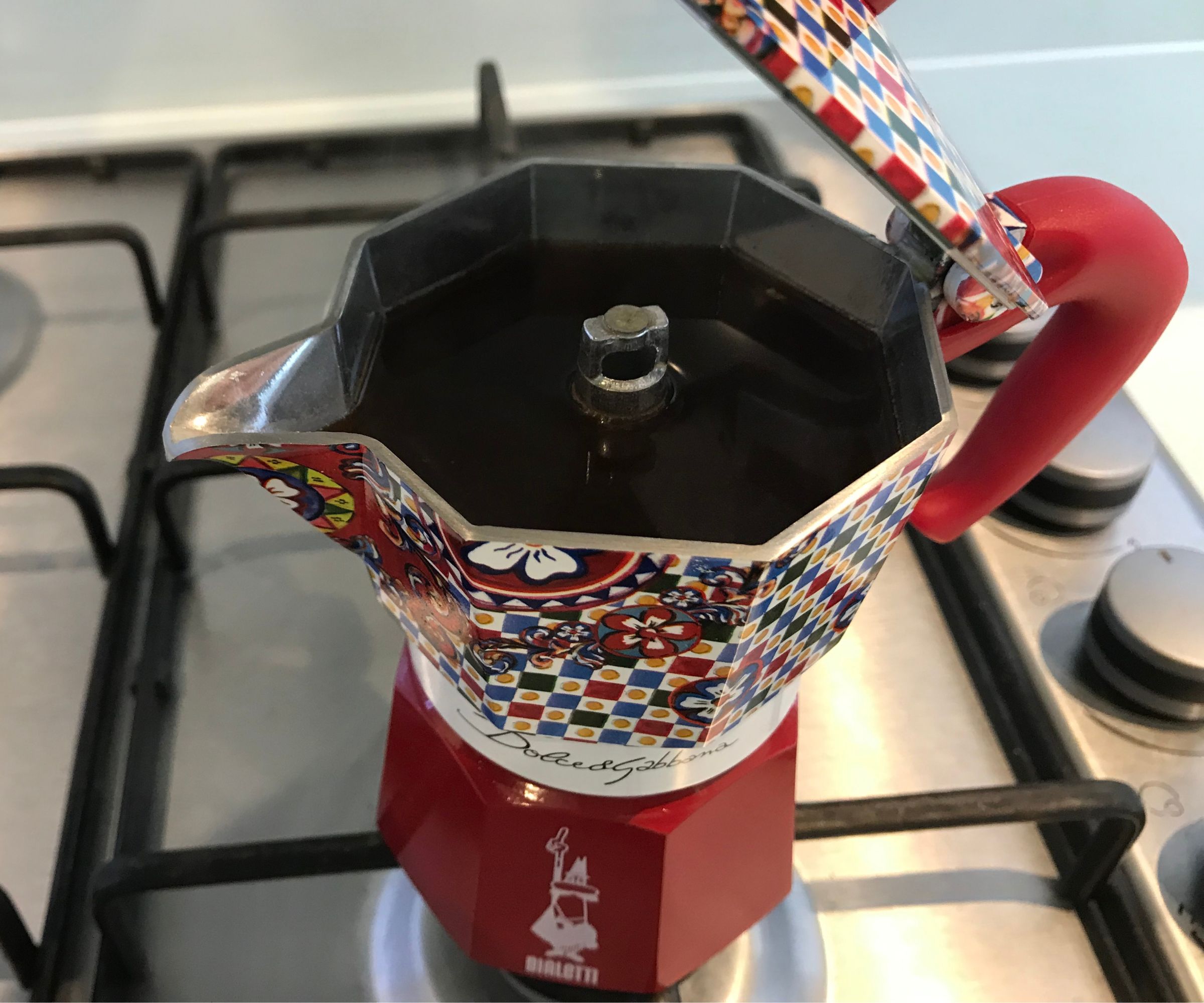
Moka pot drinkers will tell you that the coffee they make in these percolators is the closest you'll come to espresso without a machine. They're not wrong: it's rich, dark, and bold. I don't think it quite ticks every box, but it's an excellent stand-in. Plus, even the best moka pots are much cheaper and smaller than espresso machines.
These coffee makers work by forcing steam through coffee grounds, so you can see why this pressure and 'pushing' of moka pots is similar to the 'pulling' of an espresso shot. You won't be able to make a shot with the same crema and richness as an espresso machine can though. What you'll end up with is a 5 oz cup of intense coffee (a normal espresso shot is only one ounce).
To brew an 'espresso' in a moka pot will require you to make some careful investments. Look for a dark espresso roast coffee and a good coffee grinder (I always recommend the versatile Fellow Ode burr grinder, which is available at Amazon). You'll need to get your coffee to a fine espresso grind or a little larger.
Once you have these, you can get brewing. Fill the base of your moka pot with cold, filtered water. Add your coffee grounds to the funnel of your moka pot. Where you would have tamped in an espresso machine, don't. Just screw the top onto the base so that it is tight, but not overly tight (you'll need to be able to unscrew it). Your quantities will vary depending on the size of your moka pot. In my 6-cup Bialetti moka pot, I used 0.7 ounces of coffee and 9 ounces of filtered water.
Sit your moka pot on the stove at medium heat for about five to seven minutes. Essentially, you want your water to boil up and through the coffee grounds, into the top of the pot. You'll hear it boiling and can check on it by lifting the top off your coffee pot. When the top chamber is full and the bottom is empty, you have your 'espresso'.
If you need a moka pot recommendation, Bialetti makes the best, for both value and performance. Their Bialetti Moka Express is incredibly popular.
How to make an espresso in a French press
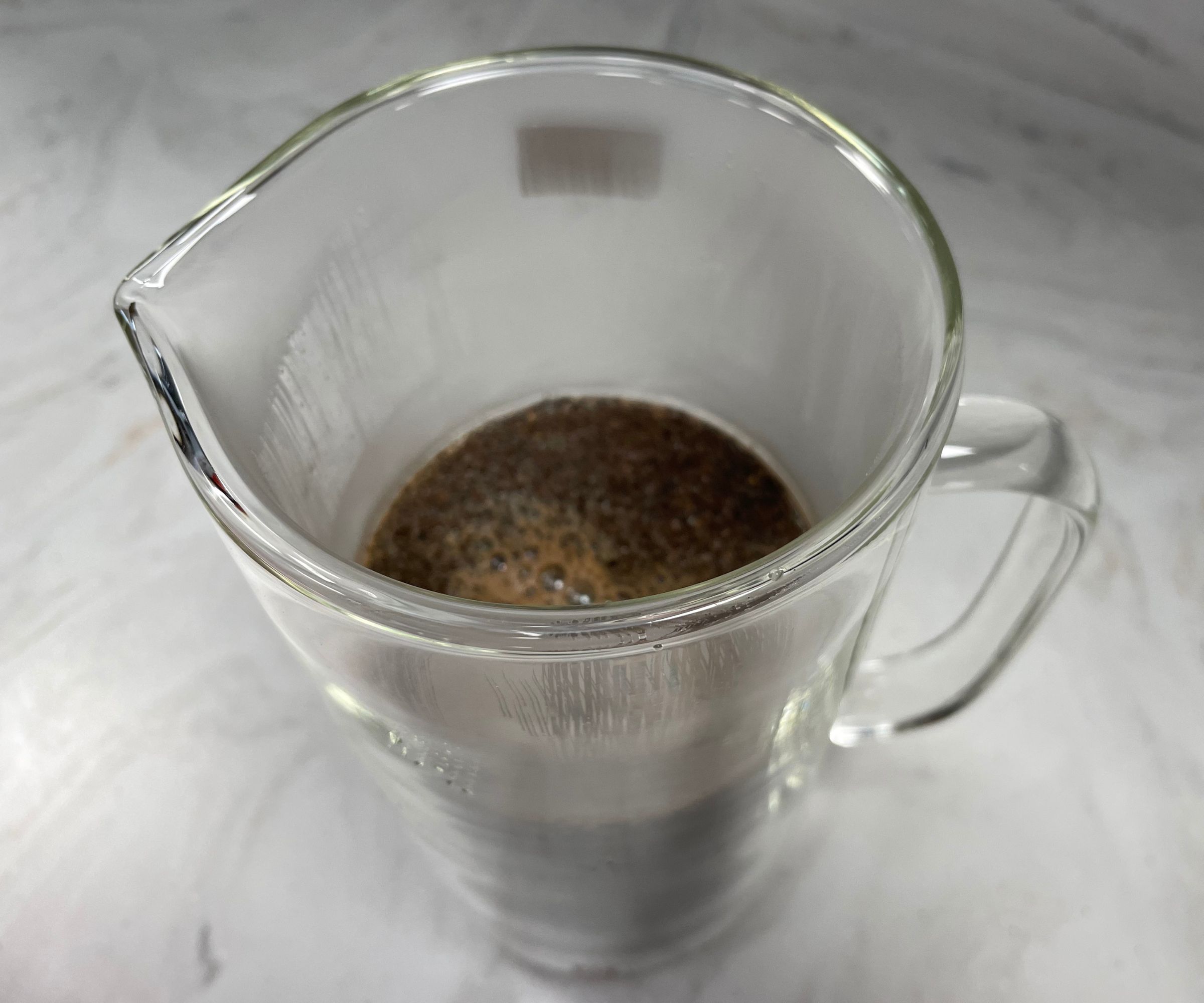
Even if you splash out on one of the best French presses, it'll probably still be cheaper than an inexpensive coffee makers. You probably even already have one kitchen. All you need to do is adjust the way that you brew your normal coffees to make an intense shot rather than a longer cup. The results are surprisingly convincing.
Your French press won't have the same thick crema that a proper espresso machine produces and you're likely to end up with some sediment in your cup too. However, for $30, it's hard to complain.
Where you might opt for an ultra-fine grind in an espresso machine, you'll need much more coarse coffee. I'd still recommend using an espresso roast, just use your grinder on a medium-fine setting. This will ensure you still get the dark, slightly bitter flavors of a classic espresso, but the coarser grinds won't sneak through your French press filter.
Grind about half a cup of coffee beans (1.3 oz) and boil 7 oz of filtered water to 200 degrees. Then, pour your water over the grounds as if you were making normal French press coffee. Four minutes later you can place the lid on your French press, plunge, and pour your 'espresso' into espresso cups.
If you need French press recommendations, I love the Alessi French press. However, if you're on a budget, the Bodum Chambord is an attractive, affordable alternative.
How to make an espresso in an Aeropress
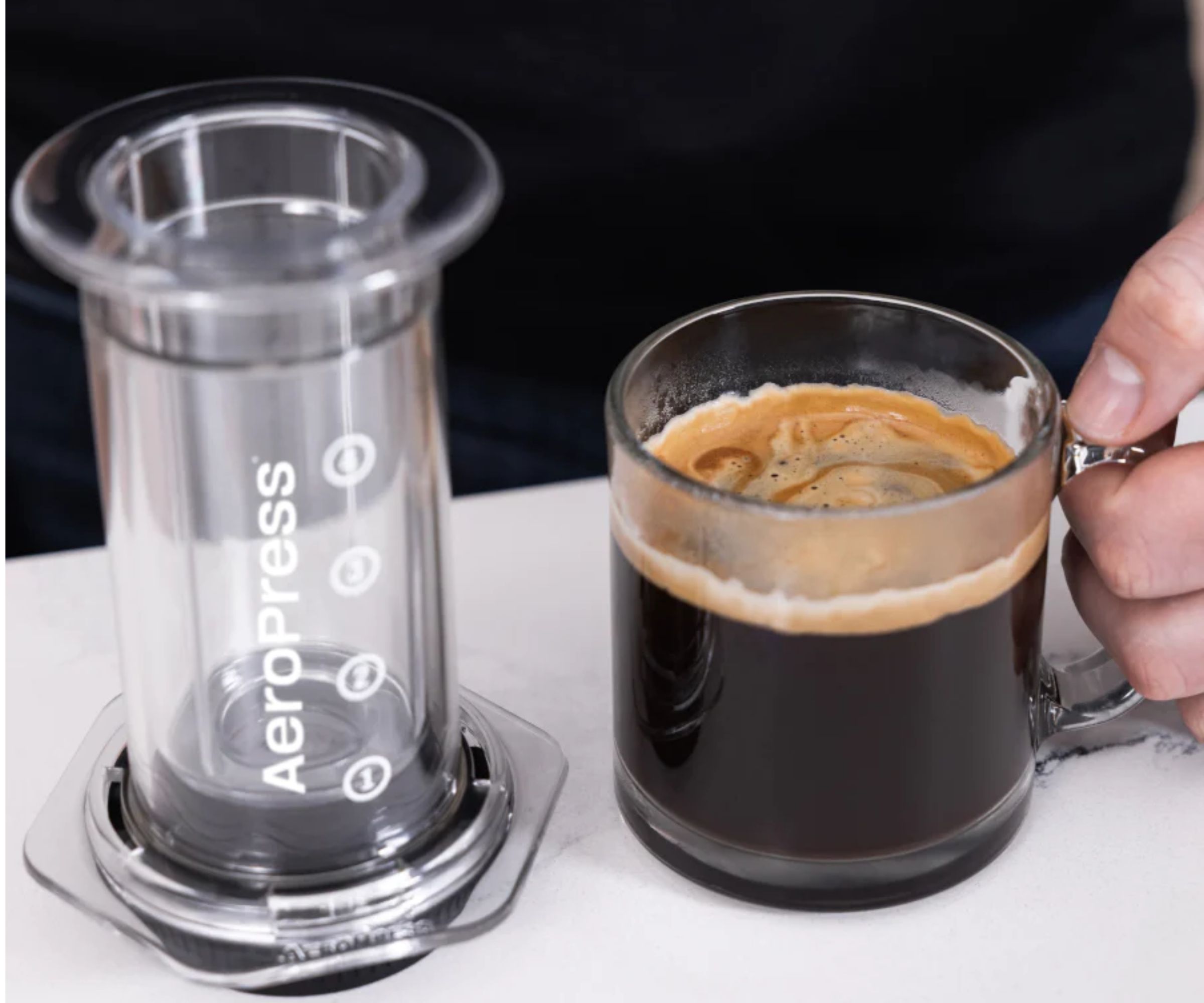
Aeropresses are very similar to portable espresso makers, except for the fact that their mechanisms don't work based off the same pressure generation. Their similarities to normal espresso makers means that it's easy to make espresso-like coffee. All you have to do is follow your normal Aeropress brewing method, just use a finer grind and less coffee. Experts recommend investing in the Fellow Prismo Attachment for AeroPress ($25 on Amazon, which can act a little like a valve, brewing espresso-type coffee.
FAQs
What is an espresso?
Espresso is only officially made in espresso makers (although you can achieve a similar flavor profile if you own one of the best moka pots). These can meet the SCA's criteria for what makes an espresso which are:
- 0.85–1.2 ounce beverage per shot
- prepared using 7-9 grams of coffee (14-18g for double shots)
- uses clean water which is 195°–205°F
- under pressure
- made in 20-30 seconds
The SCA also says that 'while brewing, the flow of espresso will appear to have the viscosity of warm honey and the resulting beverage will exhibit a thick, dark golden crema'. It's all a very formal way of saying that espressos are thick, rich, and intense shots of coffee which are brewed to be consumed quickly.
What kind of coffee beans do you need for espresso?
You can use any coffee beans you like the taste of in your espresso machine. However, if you need some guidance, the best place to start is on dark roasted coffee. These oily beans are really strong and oftentimes they're called 'espresso roast'. Darker, richer flavors are more forgiving on the high-pressures and temperatures required to make an espresso.
What is a blonde espresso?
Blonde espresso is still espresso, just made with lightly roasted beans. They're mild and more delicate, normally boasting floral and fruity notes. You'll want to be careful with these, because the notes are delicate and require more skill toe extract.







